Stadiums shared by two or more clubs
A look at some of the stadiums across the world shared by two or more football clubs...
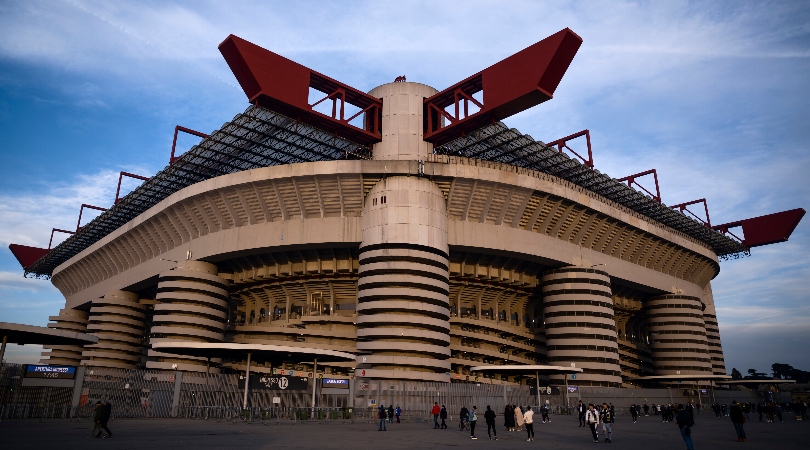
For football fans, home matches are special. Playing in front of your fans, in familiar surroundings and with team colours, brings a comfort and also an advantage.
But for some clubs, home is not exclusively theirs. Instead, it is a space shared with another team. And in many cases, with their biggest rivals.
Here, a look at some stadiums from around the world shared by two or football clubs...
32. Sammy Ofer Stadium – Maccabi Haifa & Hapoel Haifa

The Sammy Ofer Stadium, named after the late Israeli billionaire who donated $20,000,000 for its construction, is Israel's second-largest football ground.
Inaugurated in 2014, with a capacity of just under 31,000, it is sometimes referred to as the Haifa Municipal Stadium and is home to city rivals Maccabi Haifa and Hapoel Haifa. Israel also use the stadium for some of their home fixtures.
31. Eryaman Stadium – Gençlerbirliği & Ankaragücü
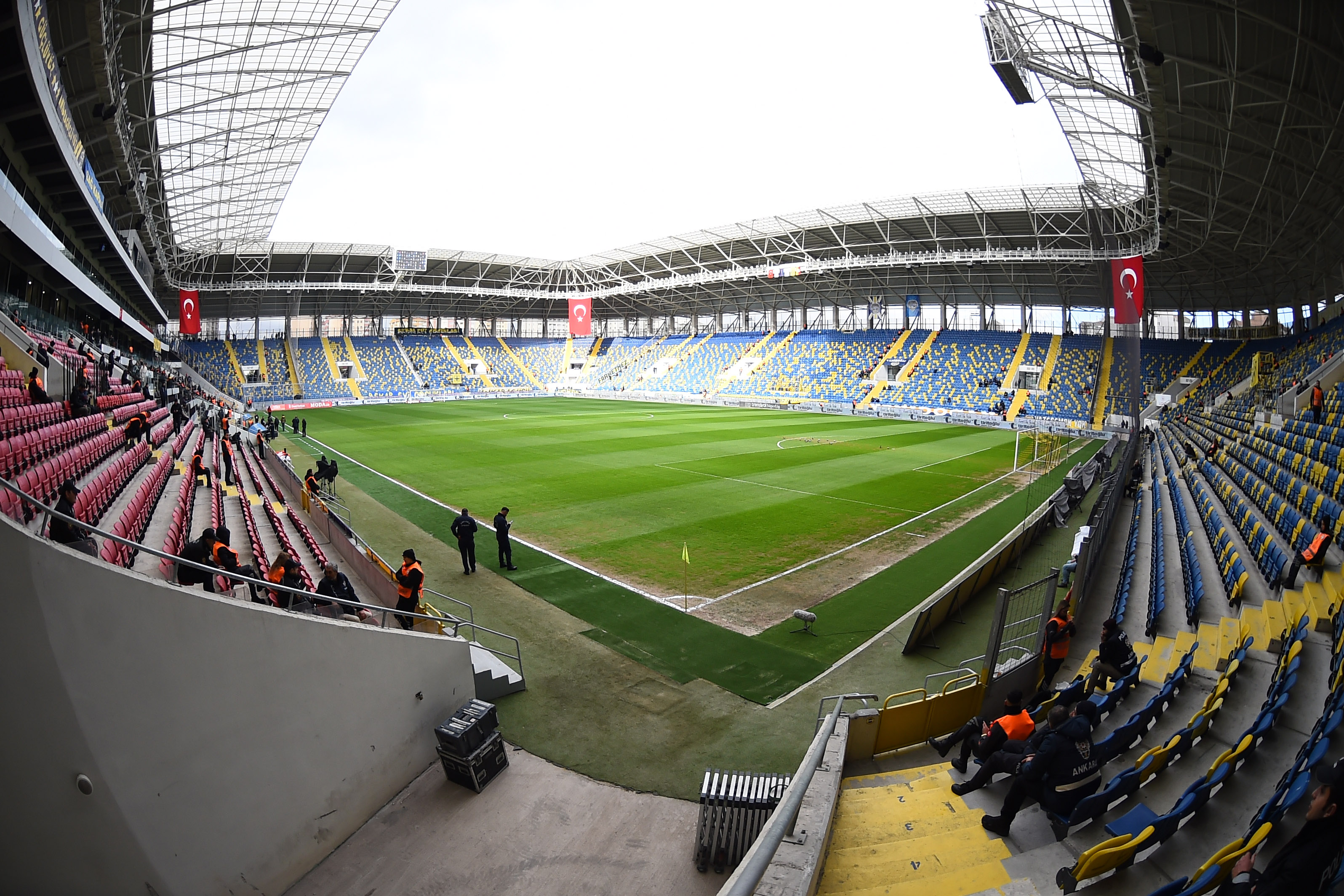
The Eryaman Stadium is located in the neighbourhood of the same name in the Turkish city of Ankara. Work started on the stadium in 2016 and was completed in 2019.
Two clubs in the Turkish capital, Gençlerbirliği & Ankaragücü, play their home matches at the stadium. It has a capacity of just over 20,000.
Get FourFourTwo Newsletter
The best features, fun and footballing quizzes, straight to your inbox every week.
30. Morenão – Operário & Esporte Clube Comercial
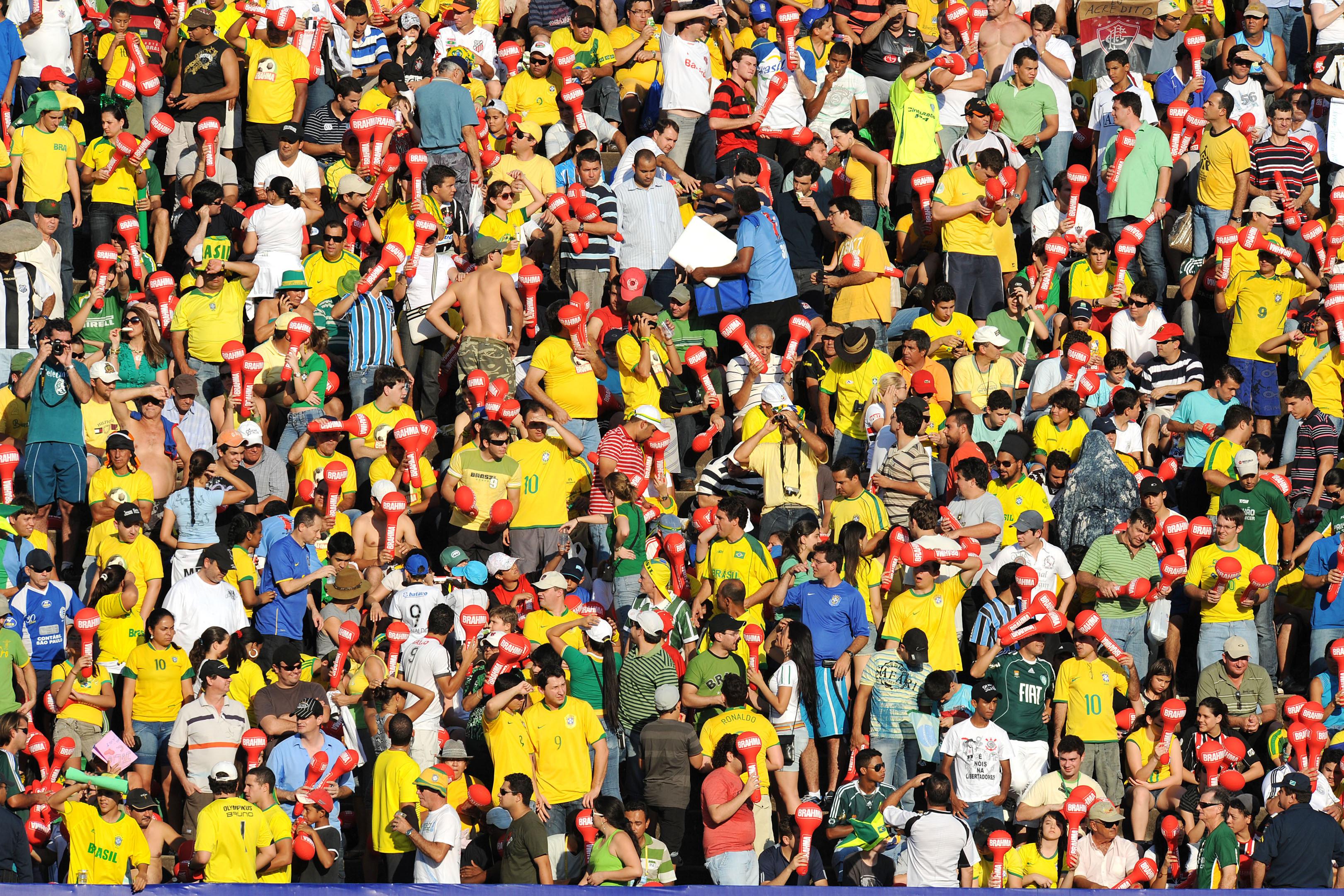
Morenão, also known as Estádio Universitário Pedro Pedrossian, is a football stadium in the Brazilian city of Camp Grande.
The stadium is nicknamed Morenão in reference to Campo Grande, which is known as Cidade Morena ("Brown City") because of the reddish colour of its soil. It is home to local clubs Operário and Esporte Clube Comercial and has a capacity of 45,000.
29. Teddy Stadium – Beitar Jerusalem & Hapoel Jerusalem
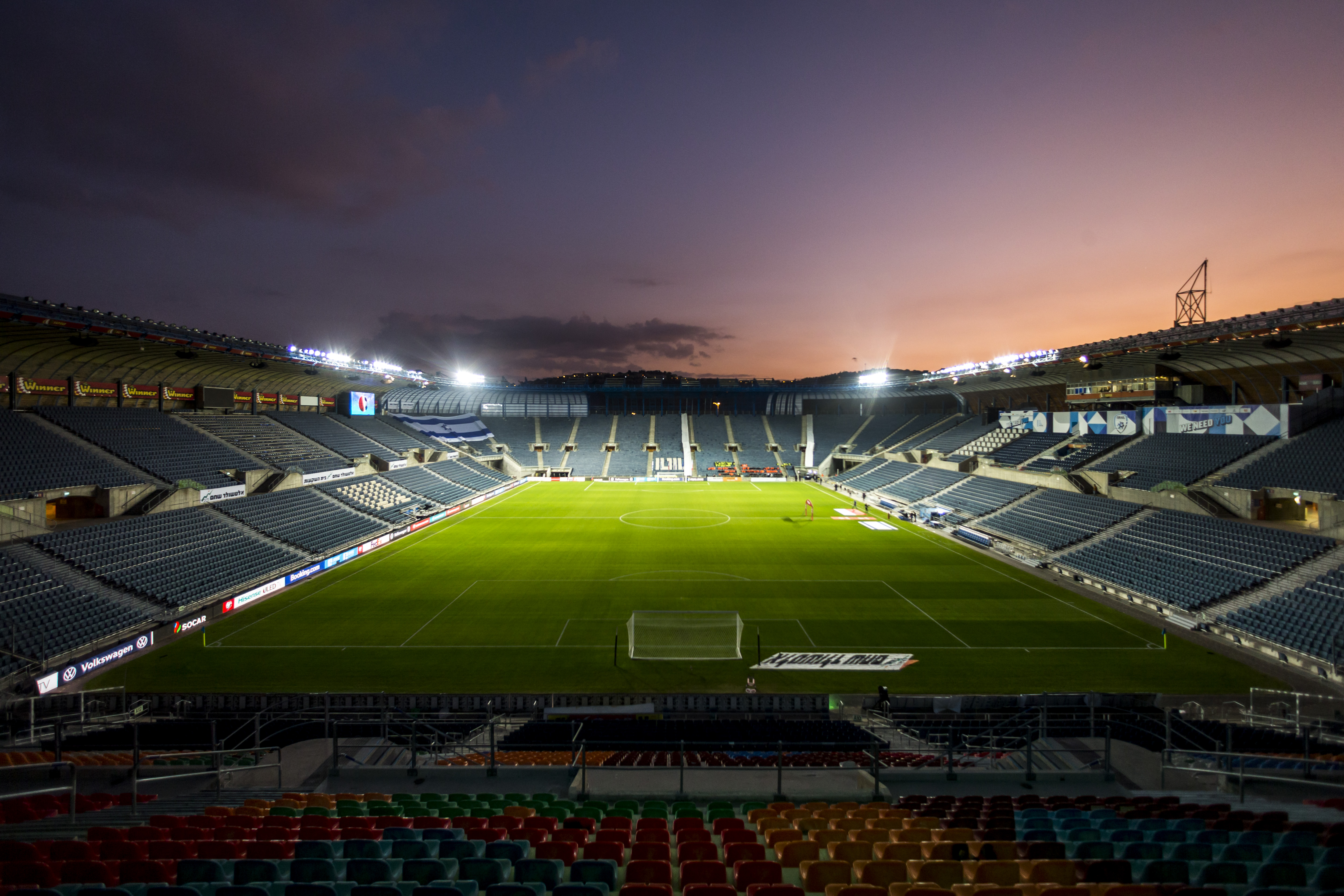
Named after long-time Mayor of Jerusalem Teddy Kollek, who was in office during its initial construction and who was one of its biggest advocates, the Teddy Stadium is the largest football facility in Israel.
The stadium has a capacity of over 31,000 and opened in 1991. It is home to both Beitar Jerusalem and Hapoel Jerusalem.
28. Gamla Ullevi – GAIS, IFK Göteborg & Örgryte IS
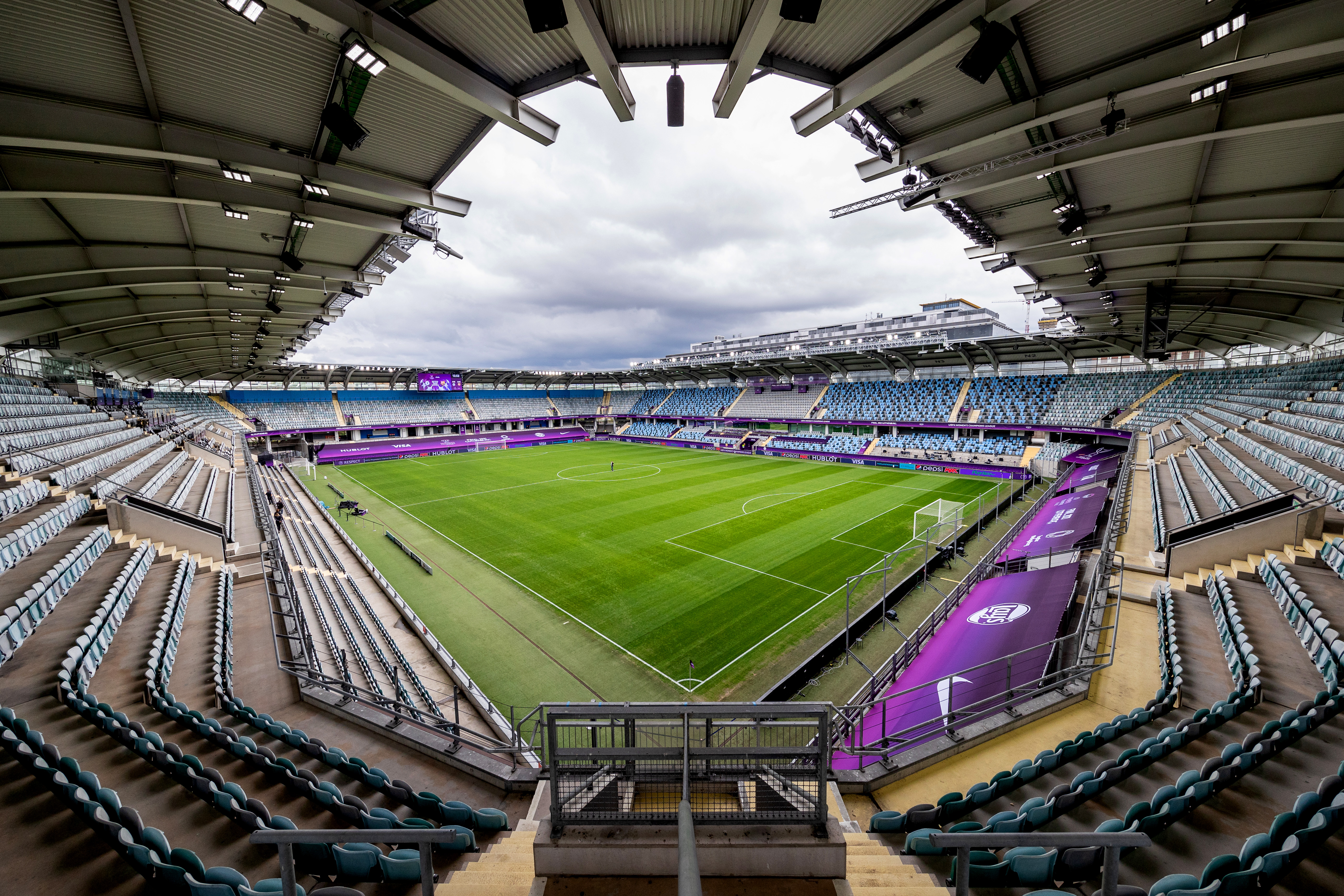
Originally inaugurated in 1916 and rebuilt for the 1958 World Cup, Gothenburg's Gamla Ullevi was later reconstructed again and reopened in 2009.
It is the home of three local teams, GAIS, IFK Göteborg and Örgryte IS, while Sweden's women play their games at the stadium. The Gamla Ullevi also hosted the 2021 Women's Champions League final between Barcelona and Chelsea. It has a capacity of 18,416.
27. Estadio Olímpico de la UCV – Caracas FC, Deportivo La Guaira, Metropolitanos FC & Universidad Central

Based in Venezuela's capital city, Caracas, the Estadio Olímpico de la Universidad Central de Venezuela has a capacity of just over 24,000 and is used mostly for football.
Venezuela's national team often play in the stadium, which opened in 1951 and is home to Caracas FC, Deportivo La Guaira, Metropolitanos FC and Universidad Central.
26. Bloomfield Stadium – Hapoel Tel Aviv, Maccabi Tel Aviv & Bnei Yehuda

Financed by Canada and built between 1960 and 1962, the Bloomfield Stadium in Tel Aviv is the biggest football ground in the city, with a capacity of just under 30,000.
It is home to two of Israel's most successful sides, Hapoel Tel Aviv and Maccabi Tel Aviv, as well as the smaller Bnei Yehuda. Israel's national team also use the stadium regularly.
25. Estadio Hernando Siles – Club Bolívar & The Strongest
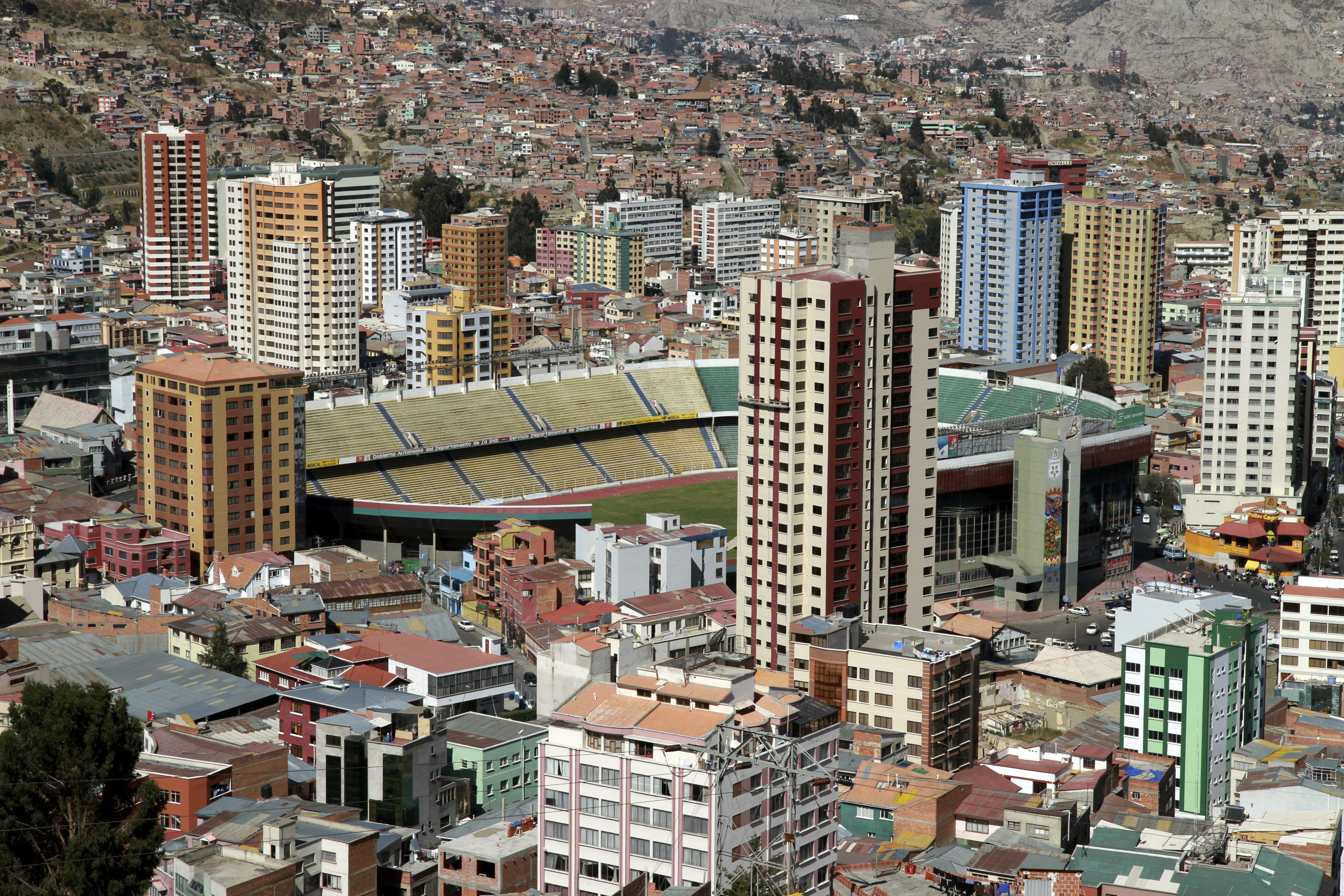
The Estadio Hernando Siles is the largest stadium in Bolivia, with a capacity of over 41,000, and is named after a former Bolivian president.
Located at an altitude of 3,637 metres (11,932 feet) above sea level, it is one of the highest professional stadiums in the world and is often used by Bolivia's national team. At club level, it is home to the nation's two most successful sides – Club Bolívar and The Strongest.
24. Ajinomoto Stadium – FC Tokyo & Tokyo Verdy

Built in an area previously used by United States Forces and opened in 2001, the Ajinomoto Stadium was initially known as the Tokyo Stadium.
It was the first stadium in Japan to sell naming rights and is hope to capital clubs FC Tokyo and Tokyo Verdy. It has a capacity of just under 50,000.
23. Městský stadion – Baník Ostrava & MFK Vítkovice
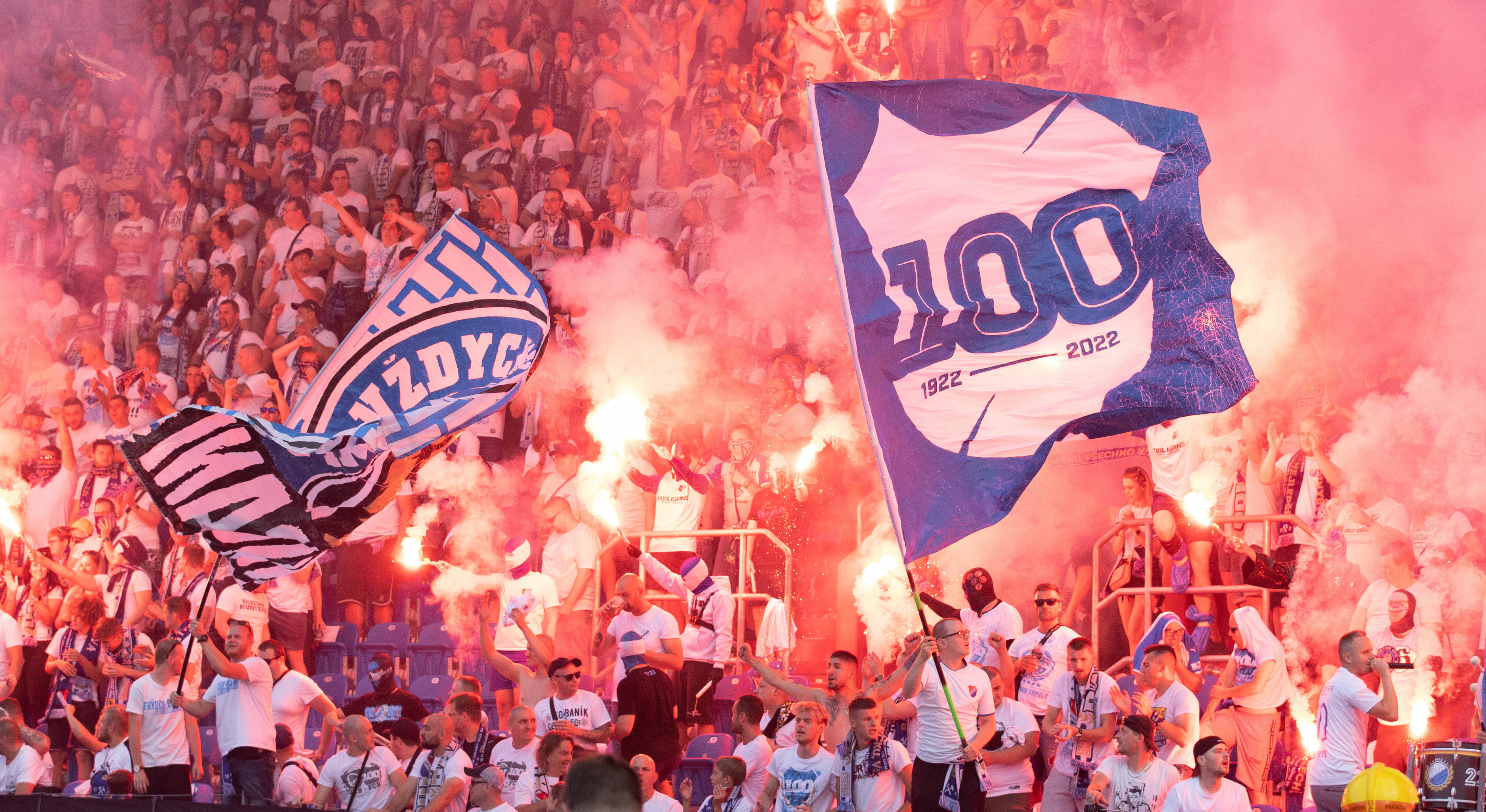
The Městský stadion in Ostrava is the fifth-largest ground in the Czech Republic and the second-biggest outside Prague.
It is home to two clubs, four-time Czech champions Baník Ostrava and MFK Vítkovice, founded in 1919 as FC Vítkovice and back with a new name after bankruptcy in 2011. The Městský stadion also hosts the annual Golden Spike Ostrava athletics meeting.
22. New Adana Stadium – Adana Demirspor & Adanaspor

The New Adana Stadium opened in 2021 in the southern Turkish city of Adana, with a capacity of 33,543.
It is home to the city's two most important clubs, Adana Demirspor and Adanaspor. The former finished fourth in the Super Lig in 2022/23 to qualify for Europe for the first time in their history.
21. Letzigrund – FC Zurich & Grasshoppers

The Stadion Letzigrund is owned by the City of Zurich. It opened in 2007, in time to host matches at Euro 2008, and is also used for concerts and athletics.
Home to the city's two most important clubs, FC Zurich and Grasshoppers, the Letzigrund has a capacity of just over 26,000. It is also the base for athletics club LC Zurich.
20. Estadio Olímpico Atahualpa – América de Quito, El Nacional & Universidad Católica
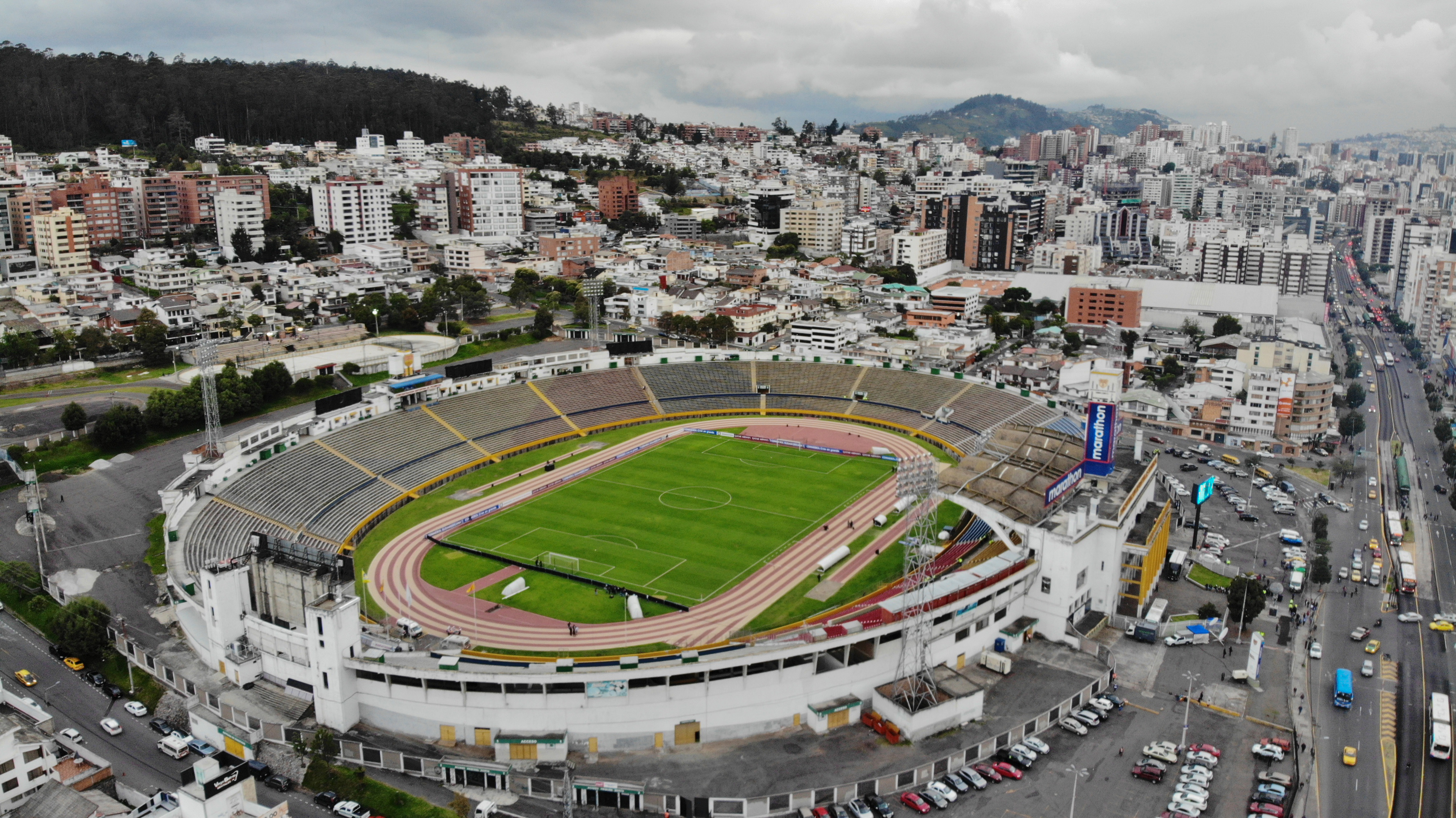
Built in 1951 and named after an Inca Emperor, the Estadio Olímpico Atahualpa in Ecuador's capital city, Quito, has a capacity of just over 35,000.
It is currently home to América de Quito, El Nacional and Universidad Católica and has frequently been used by the Ecuador national team for World Cup qualifying matches as well.
19. Stade Mohammed V – Raja Casablanca & Wydad Casablanca
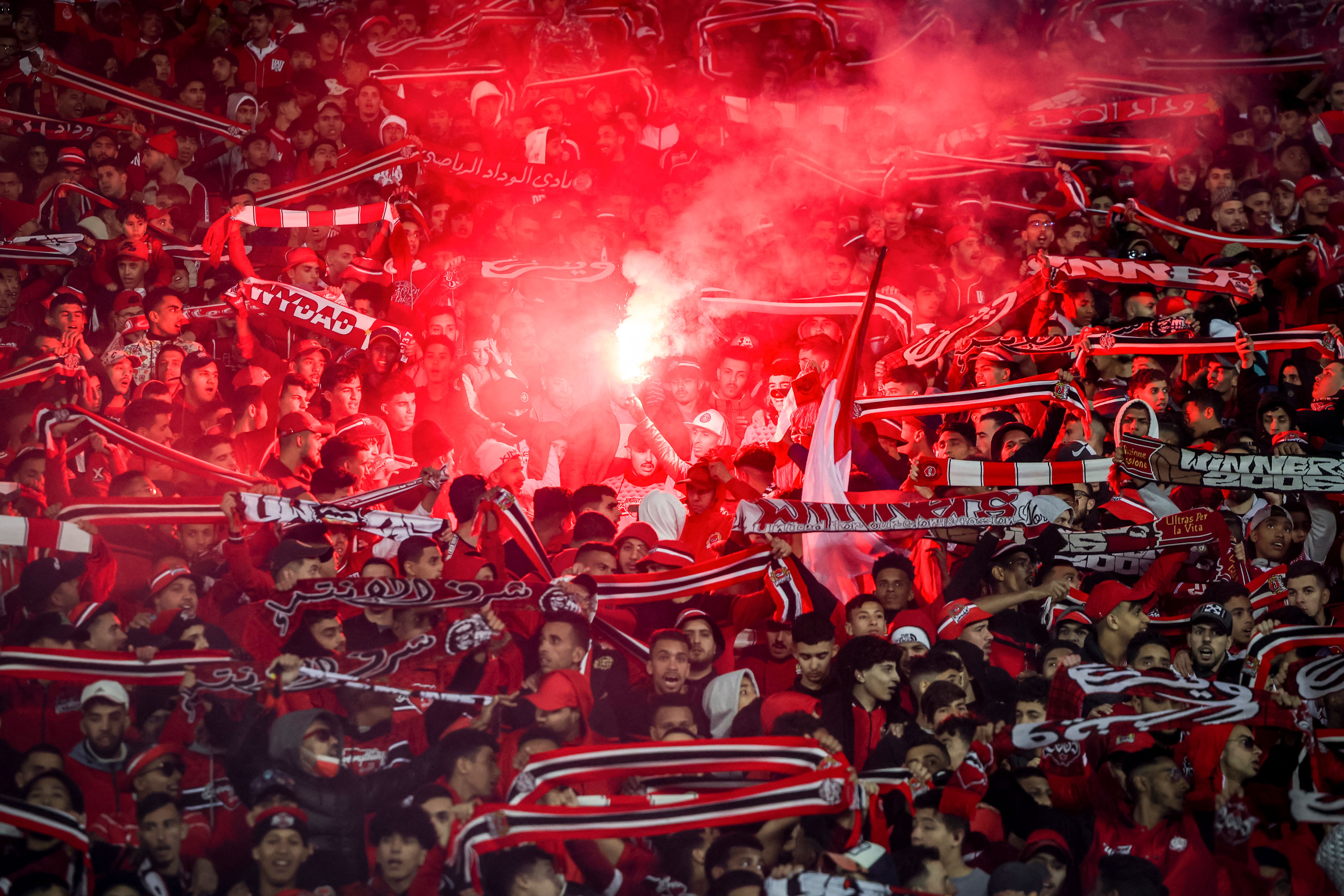
Named after King Mohammed V and located at the heart of Casablanca, the Stade Mohammed V has a capacity of just under 46,000 and is Morocco's oldest football stadium.
Opened in 1955, it has been home to Casablanca giants Raja AC and Wydad CA ever since and one derby clash in 1997 attracted a crowd of around 110,000. The stadium has also been used often by the Moroccan national team over the years.
18. Estadio Ester Roa – Universidad de Concepción, Arturo Fernández Vial & Deportes Concepción
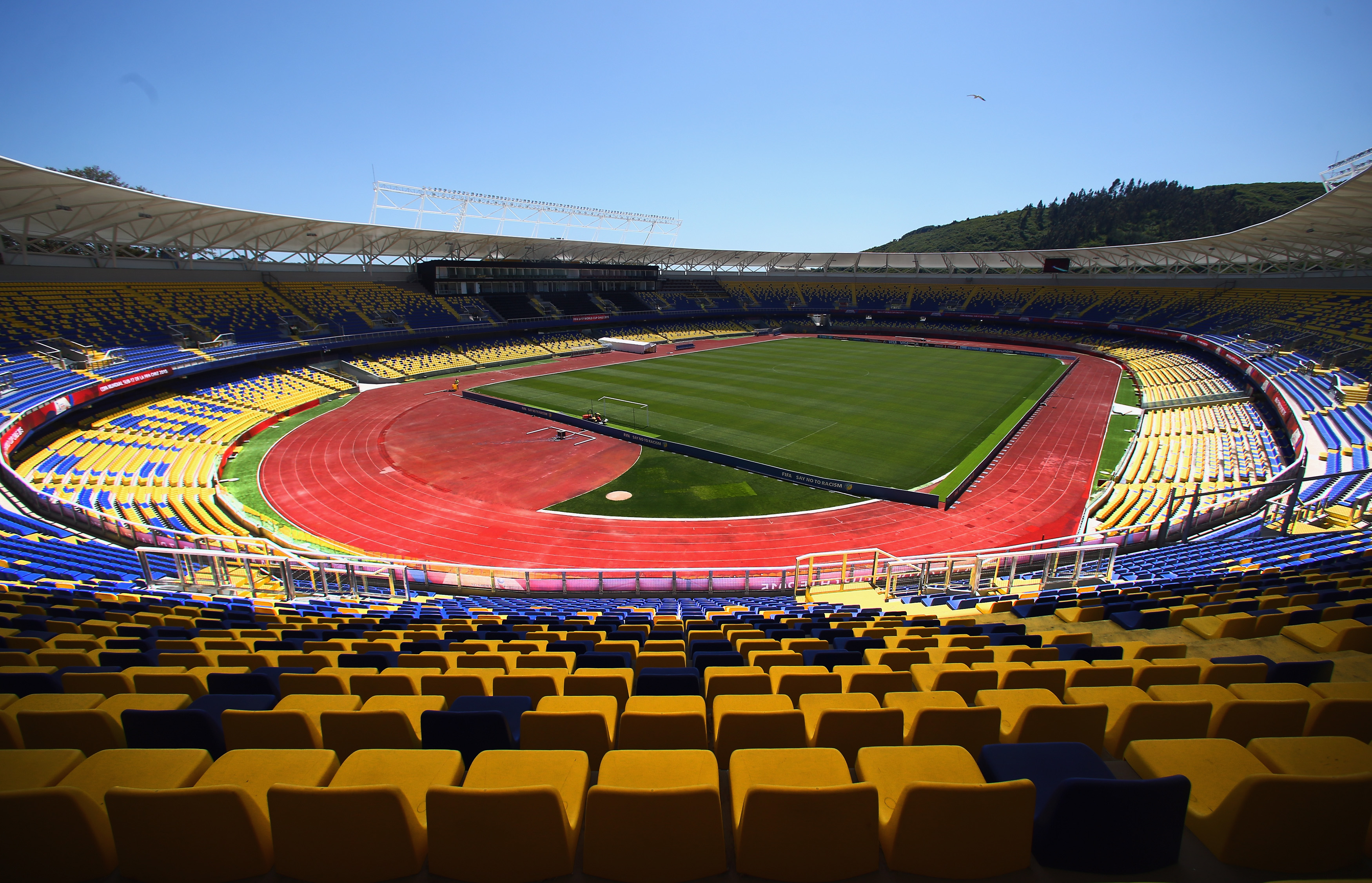
Renovated ahead of the Copa America in 2015 and the Under-17 World Cup later that year, the Estadio Alcaldesa Ester Roa Rebolledo is named after a former city councillor in Concepción.
The stadium, which has a capacity of just over 30,000, is home to three clubs – Universidad de Concepción, Arturo Fernández Vial and Deportes Concepción.
17. Peter Mokaba Stadium – Polokwane City & Baroka FC
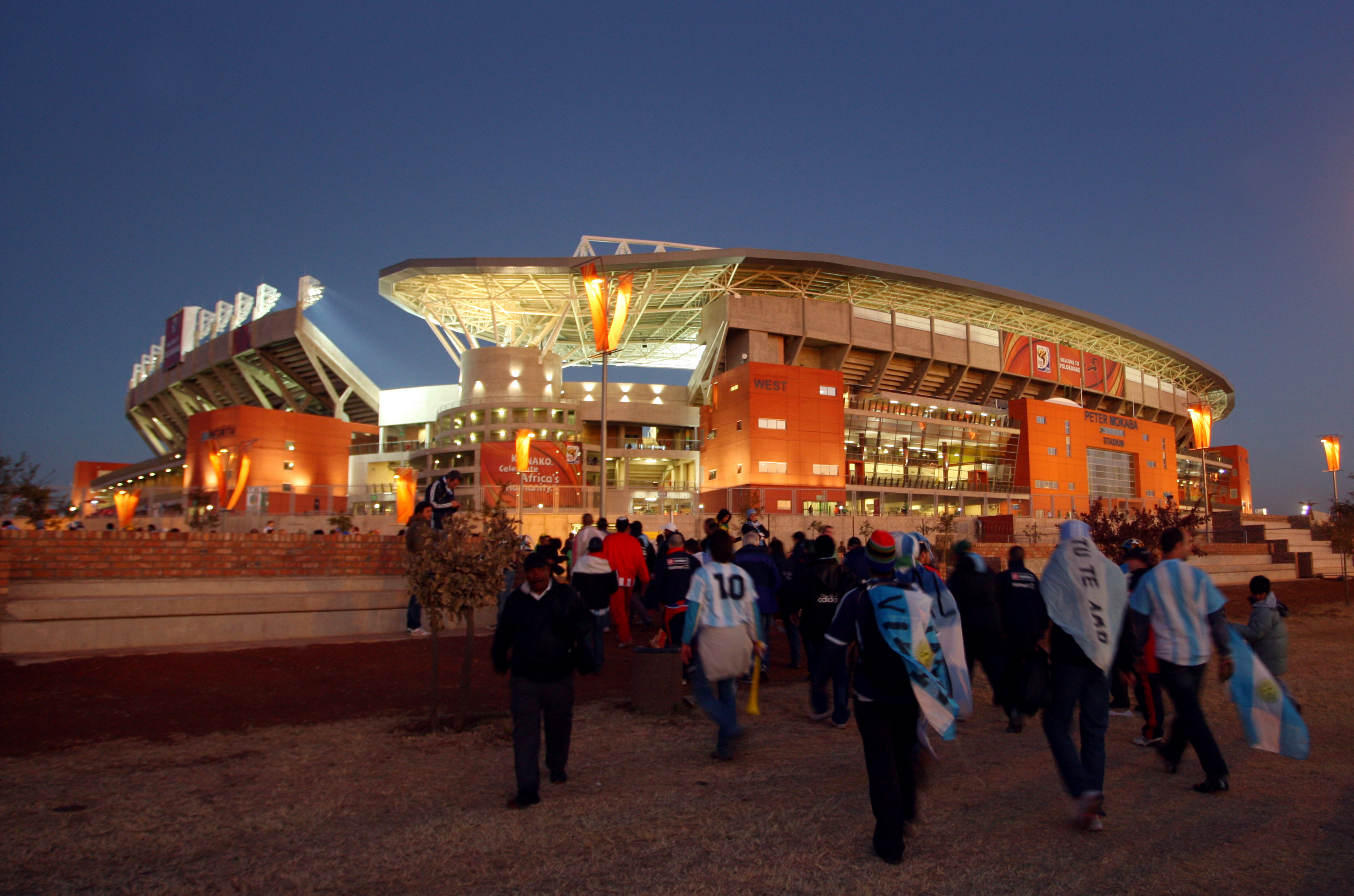
Built for the 2010 World Cup in South Africa, the Peter Mokaba Stadium in Polokwane hosted four group games in the tournament – including France's 2-0 loss to Mexico and Argentina's win over Greece by the same scoreline.
The 45,500-seater stadium is home to rugby union team Limpopo Blue Bulls and is also used by two football clubs – Polokwane City FC and Baroka FC.
16. Hammadi Agrebi Stadium – ES Tunis & Club Africain

The Hammadi Agrebi Stadium opened in 2001 for the Mediterranean Games and was the scene of Tunisia's first-ever Africa Cup of Nations win, when the hosts beat Morocco in the final in 2004.
Two of the nation's biggest clubs, Espérance Sportive de Tunis and Club Africain, play their home matches in the stadium. Previously called the 7 November Stadium, it was renamed after former Tunisian footballer Hammadi Agrebi following his death in 2020.
15. Ion Oblemenco Stadium – Universitatea Craiova & FC U Craiova 1948

Named after a legendary former player and coach, the Ion Oblemenco Stadium opened in 2017 in the city of Craiova and is one of the largest in Romania.
With a capacity of almost 31,000, the stadium is shared by city rivals Universitatea Craiova and FC U Craiova 1948. It was ranked fourth in the world in the list of new stadiums opened in 2017.
14. Città del Tricolore – Sassuolo & Reggiana

The Città del Tricolore stadium was built in 1995 and holds just over 21,500 fans. It is home to Sassuolo and lower-league Reggiana.
The stadium features a water-filled moat, which was built between the pitch and the stands in order to prevent pitch invasions. The water comes from a nearby river and some fans have even caught fish from the moat.
13. Estadio Inca Garcilaso de la Vega – Cienciano, Garcilaso & Cusco FC
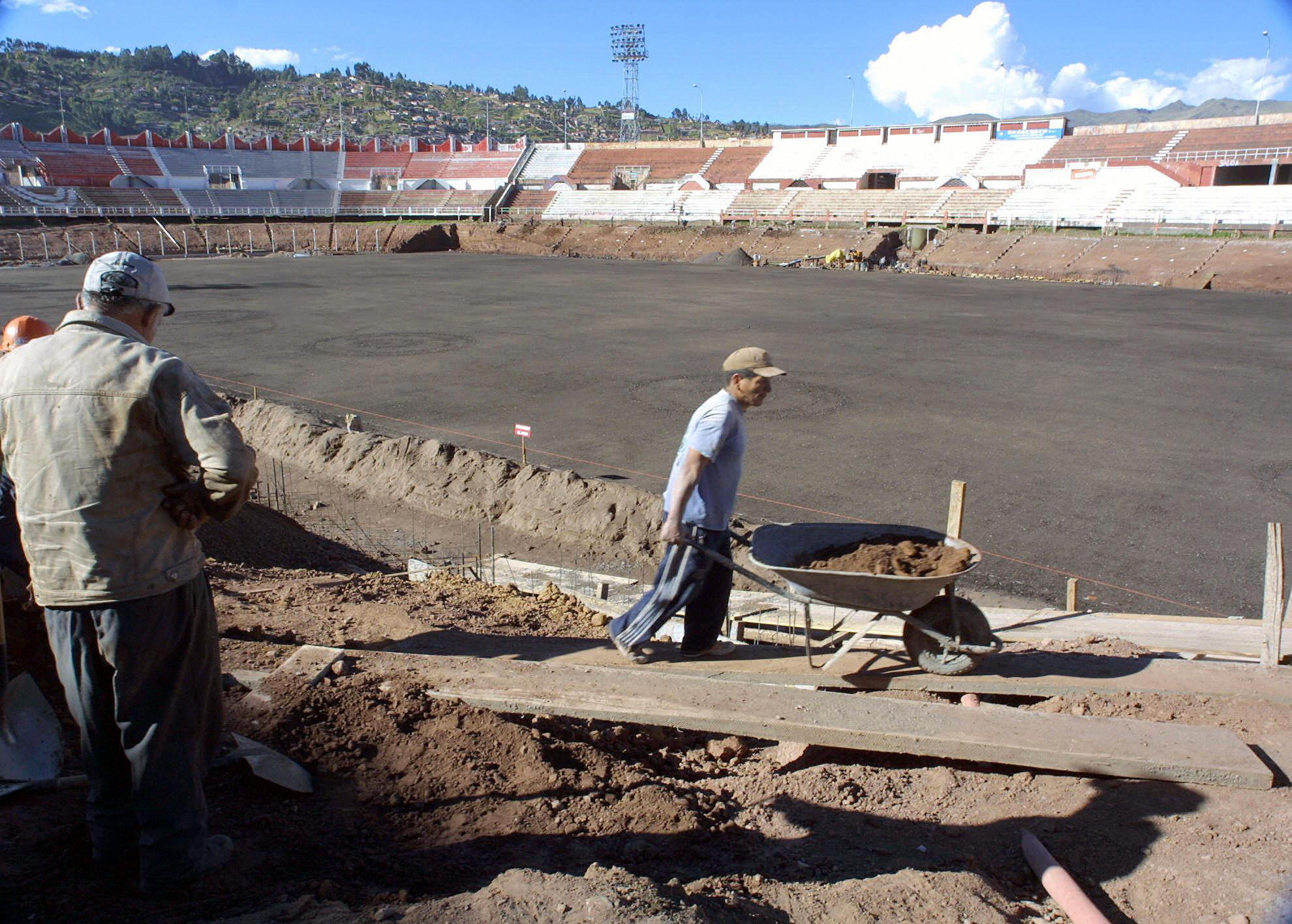
Inaugurated in 1958 and owned by the Peruvian Institute of Sport, the Estadio Inca Garcilaso de la Vega is the main ground in the city of Cusco (or Cuzco).
Renovated for use at the 2004 Copa America, it has a capacity of around 45,000 and is home to Cienciano, Garcilaso and Cusco FC.
12. Estadio Olímpico Pascual Guerrero – América de Cali, Atlético Cali & Boca Juniors de Cali

Named after a famous poet, the Estadio Olímpico Pascual Guerrero in the Colombian city of Cali is used for football, athletics, concerts and even rugby sevens.
It is home to one of Colombia's biggest and most successful clubs, América de Cali, along with smaller sides Atlético Cali and Boca Juniors de Cali.
11. Azadi Stadium – Persepolis & Esteghlal
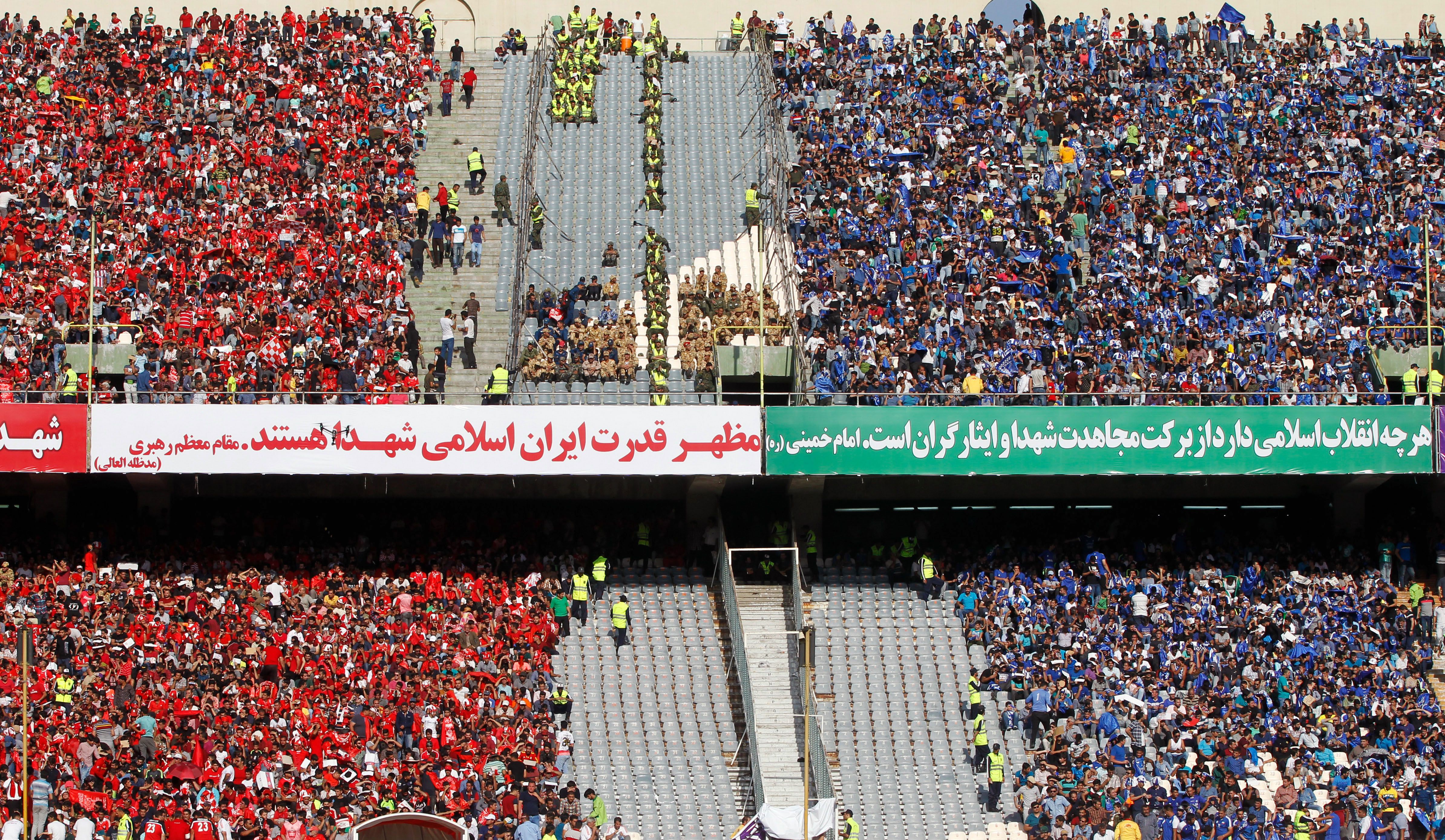
The Azadi Stadium in Iran's capital Tehran was inaugurated in 1971 and previously had a capacity of over 100,000. Since 2016, it has room for just over 78,000 fans.
Iranian giants Persepolis and Esteghlal have both played their home matches at the Azadi since 1973, while the stadium is also home to Iran's national team.
10. Estádio Castelão – Ceará & Fortaleza

The Estádio Castelão ("Big Castle") originally opened in 1973 and was renovated ahead of the 2014 World Cup in Brazil.
It hosted seven games at the 2014 tournament, including Brazil's 2-1 win over Colombia in the quarter-finals. With a capacity of almost 58,000, it is shared by local clubs Fortaleza and Ceará.
9. Nemesio Camacho – Millonarios & Independiente Santa Fe
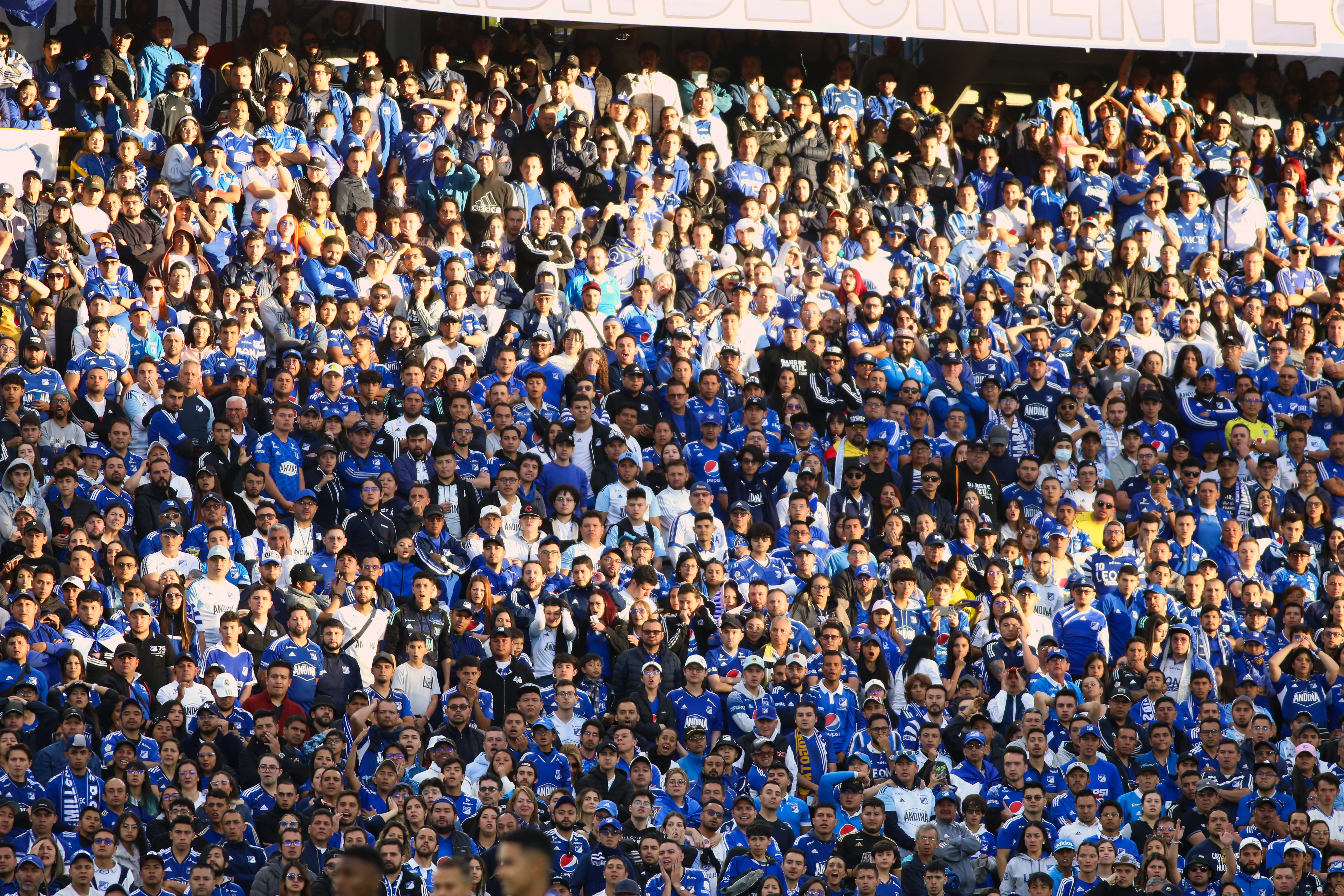
Inaugurated in 1938, Bogotá's Estadio Nemesio Camacho is more commonly known as El Campín and has a capacity of just under 40,000.
The Colombian capital's main stadium is home to both Millonarios and Independiente Santa Fe. It hosted the 2001 Copa America final, when Colombia beat Mexico to win the trophy for the first time, and is also used for concerts.
8. Estadio Jalisco – Atlas & Universidad de Guadalajara
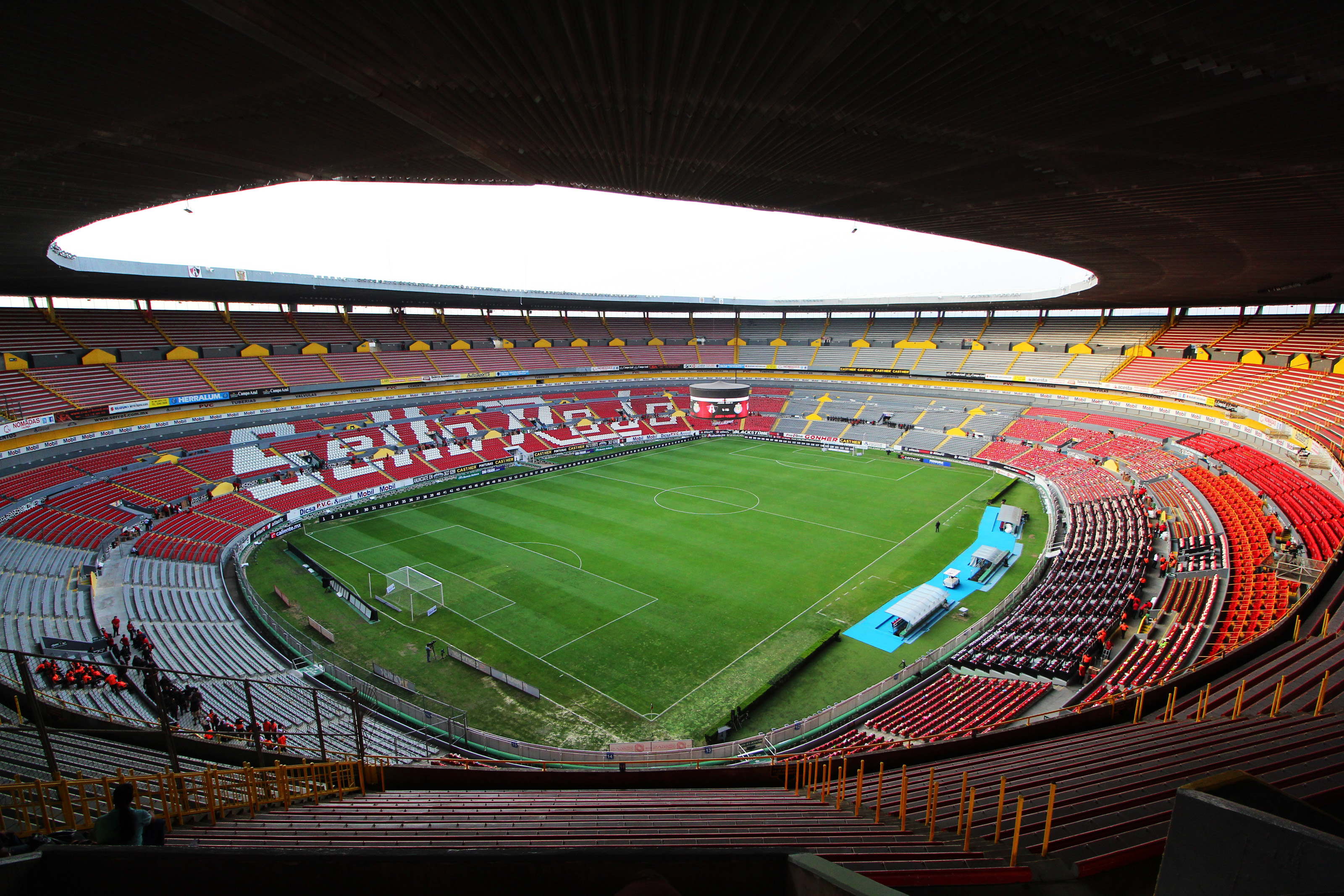
One of Mexico's most emblematic stadiums, the Estadio Jalisco in Guadalajara hosted matches at the 1970 and 1986 World Cups.
It was home to the city's two biggest clubs, Chivas and Atlas, until the former moved into their own stadium in 2010. Atlas still play there, though, along with lower-league Universidad de Guadalajara.
7. Jan Breydel Stadium – Club Brugge & Cercle Brugge
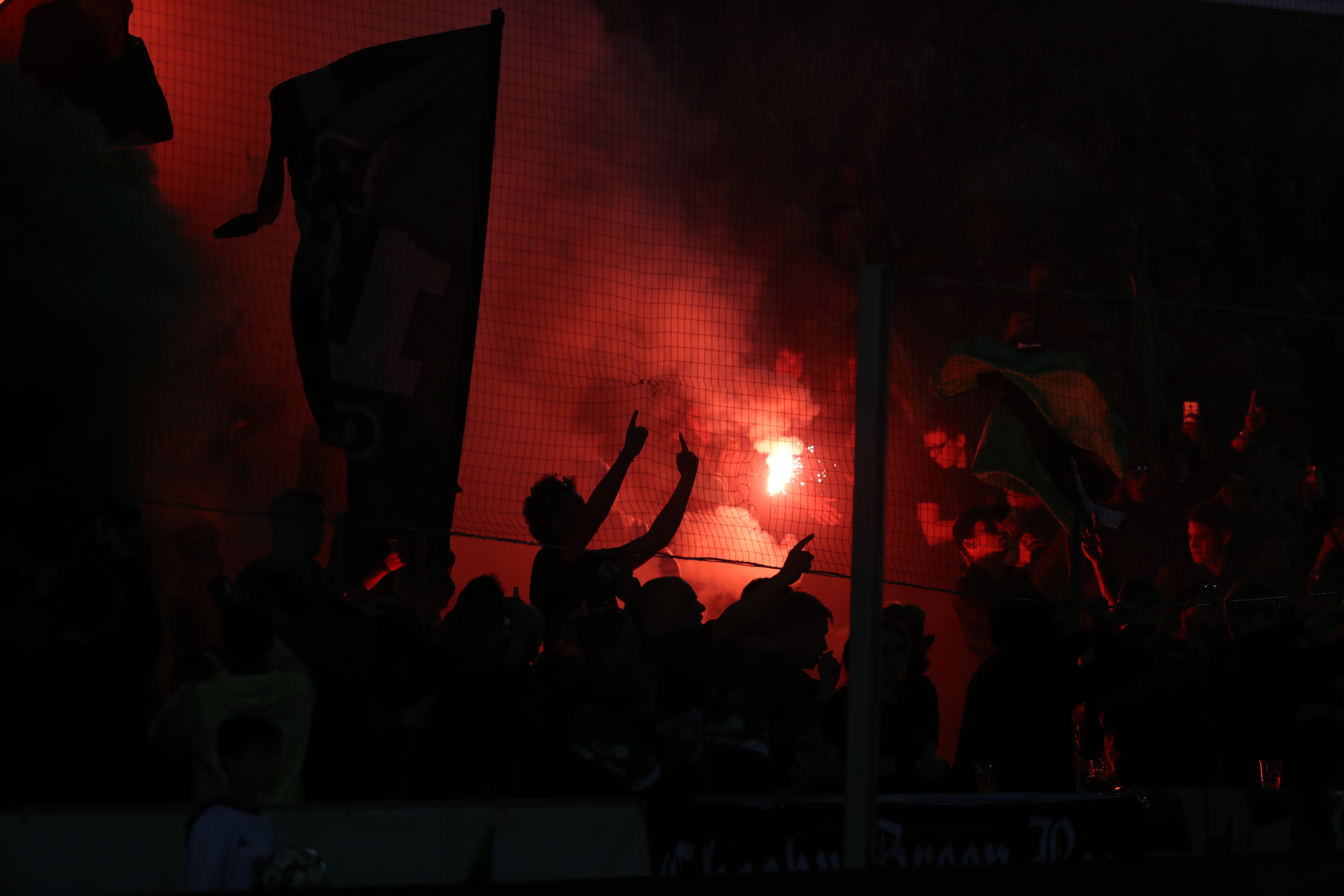
Owned by the City of Bruges, the Jan Breydel Stadium has a capacity of just over 29,000 and is home to the area's two top teams – Club Brugge and Cercle Brugge.
Built in 1975, it is named after Jan Breydel, who led a violent uprising against the French in 1302. The stadium hosted matches at Euro 2000.
6. Cairo International Stadium – Al-Ahly & Zamalek
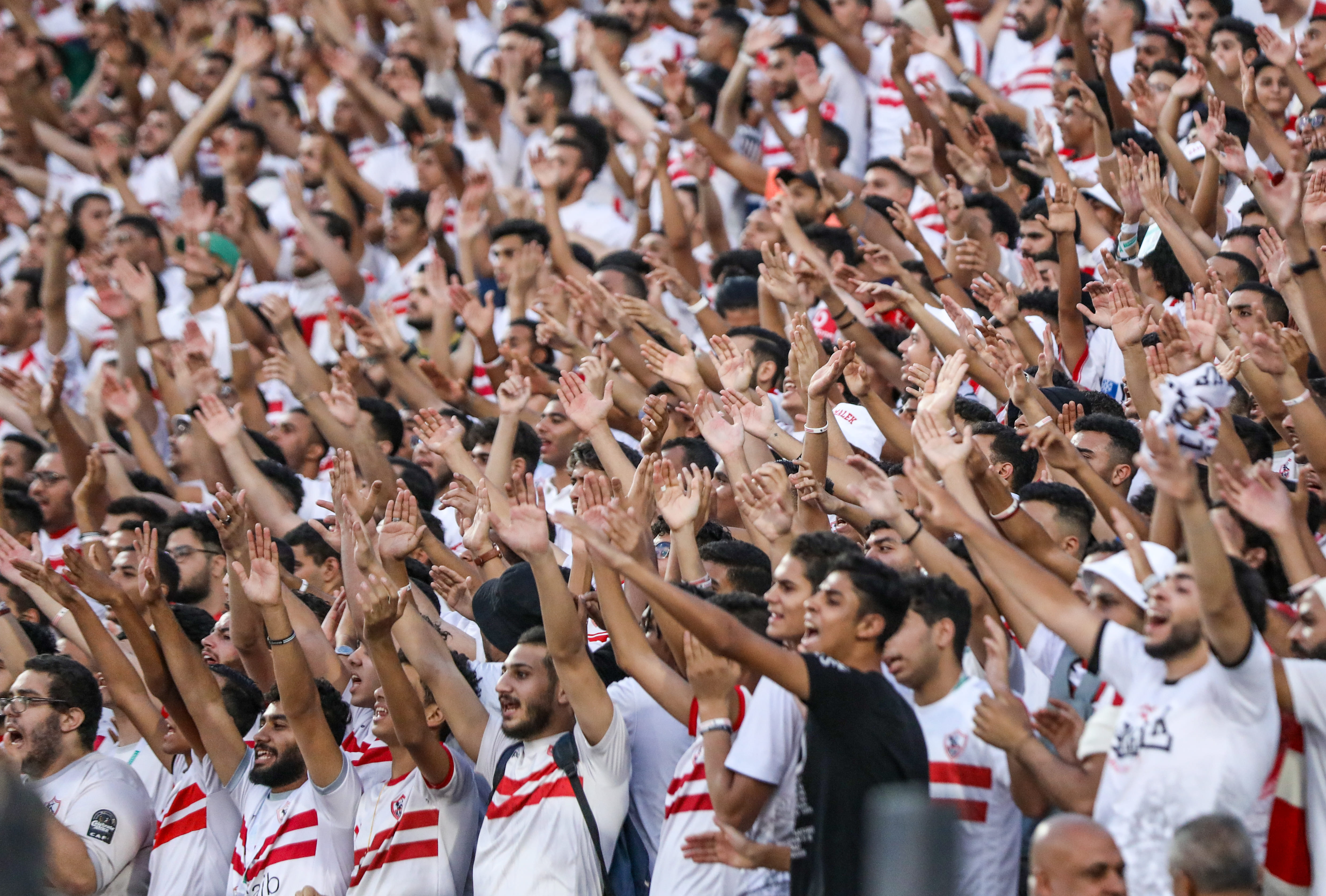
Cairo International Stadium has a 75,000 capacity and hosted the final of the Africa Cup of Nations in both 2006 and 2019.
Located about 10 kilometres from downtown Cairo, it is home to the capital's two biggest clubs – Al-Ahly and Zamalek. The Egyptian national team also use the stadium for their home matches.
5. Estadio Atanasio Girardot – Atlético Nacional & Independiente Medellín
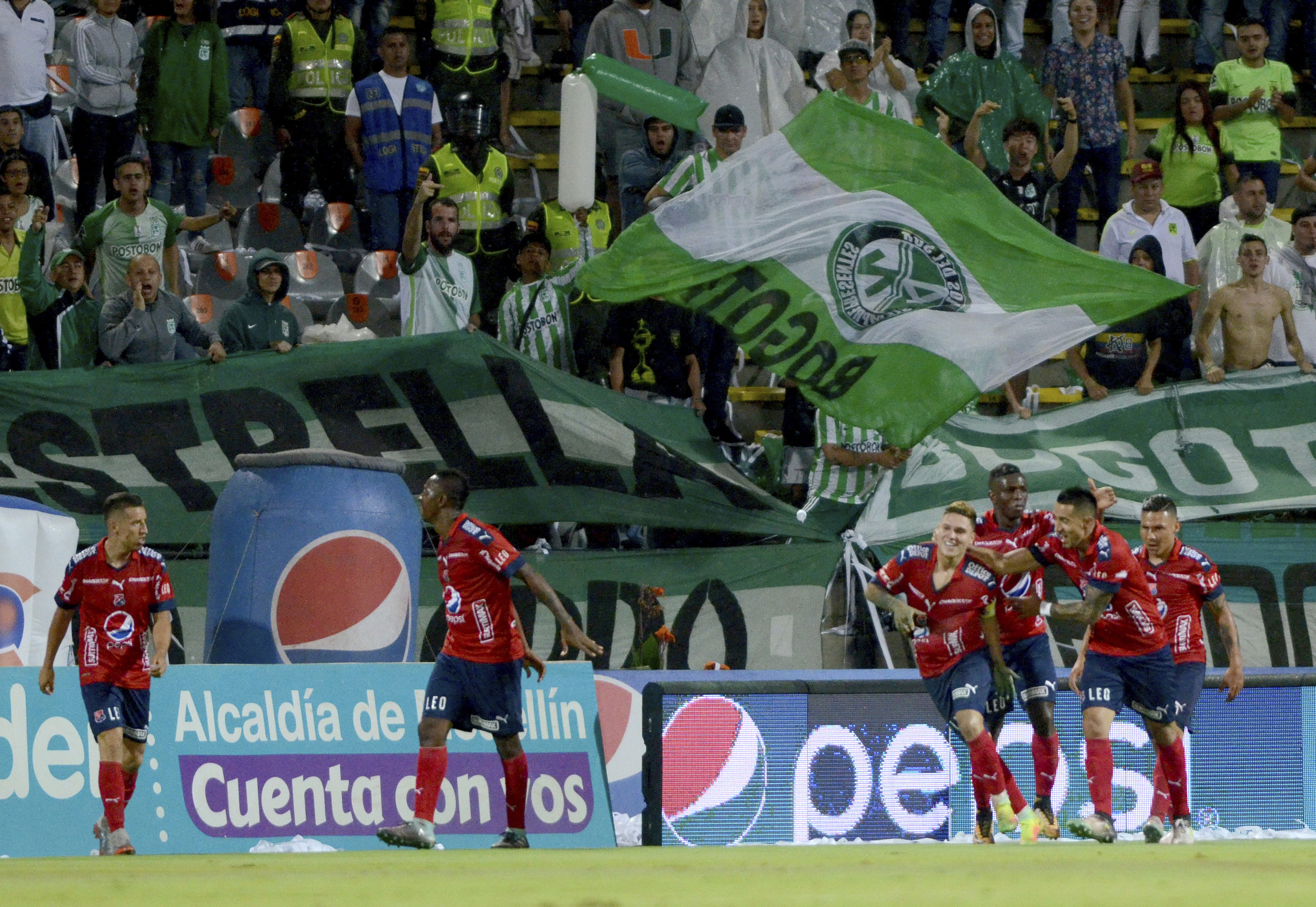
Part of a sports complex built in Medellín in 1953, the Estadio Atanasio Girardot is home to two of Colombia's biggest clubs – Atlético Nacional and Independiente Medellín.
Atanasio Girardot was a Colombian revolutionary who fought alongside the military and political leader Simón Bolívar. Both clubs have played in the stadium, which is referred to as El Atanasio, since it opened in 1953.
4. Stadio Luigi Ferraris – Genoa & Sampdoria

The Stadio Luigi Ferraris in Genoa is the oldest sports stadium still in use in Italy, having opened in 1911. It has been home to Genoa since then and to Sampdoria since their foundation in 1946.
Named after an Italian footballer, engineer and soldier who died in WWII, the stadium is also known as Marassi, the name of the area where it is located. It hosted games at the 1934 World Cup and was rebuilt for Italia 90.
3. Maracanã – Flamengo & Fluminense
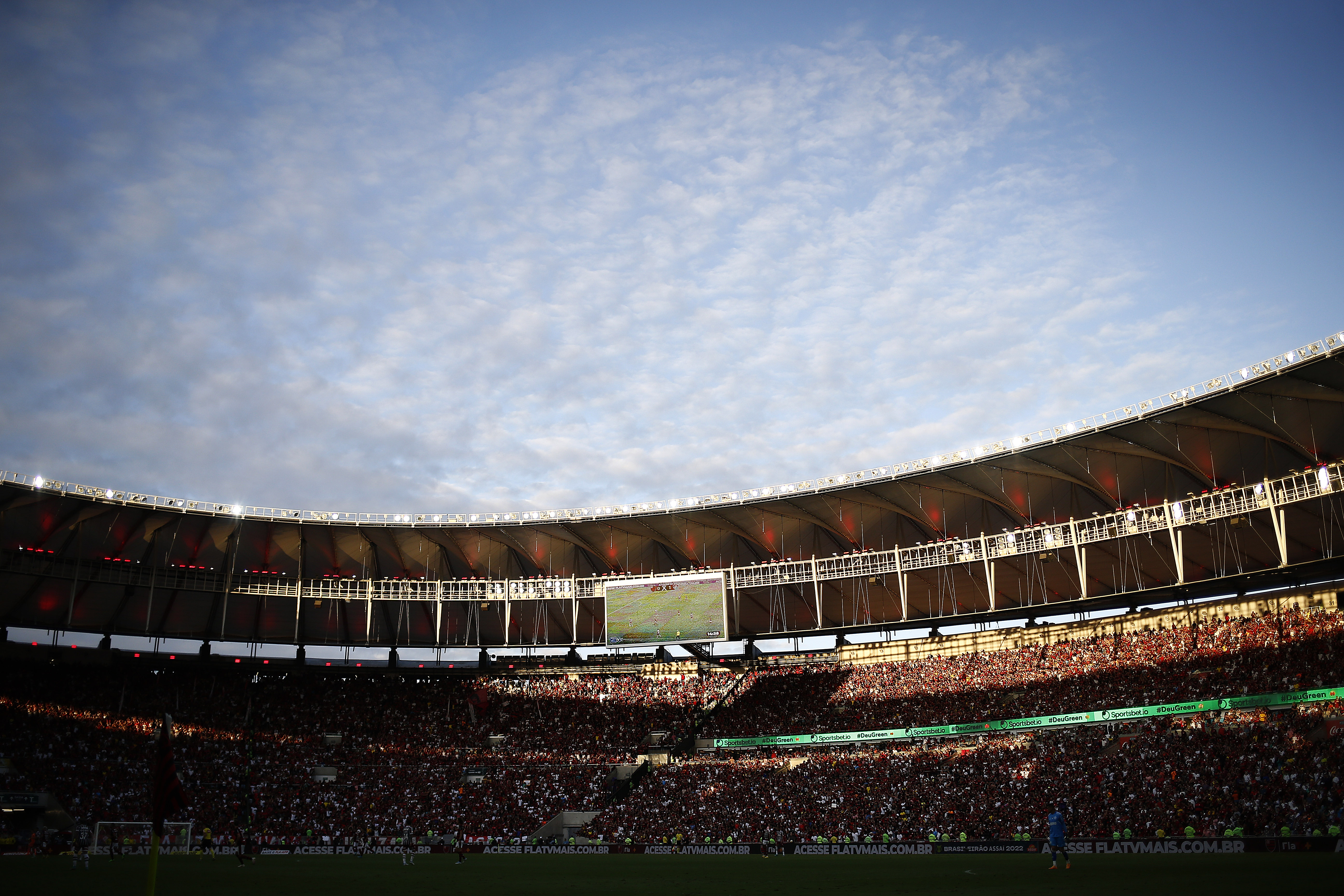
Rio de Janeiro's famous stadium is home to the city's two biggest clubs and fiercest of rivals – Flamengo and Fluminense. Vasco da Gama play big games there too, while Brazil often use the venue for international matches.
Rebuilt for the 2014 World Cup in Brazil, the Maracanã was also used for the 1950 tournament and it is estimated that over 200,000 watched as the hosts lost the decider to Uruguay in dramatic fashion – a match which became known as the Maracanaço.
2. Stadio Olimpico – Roma & Lazio
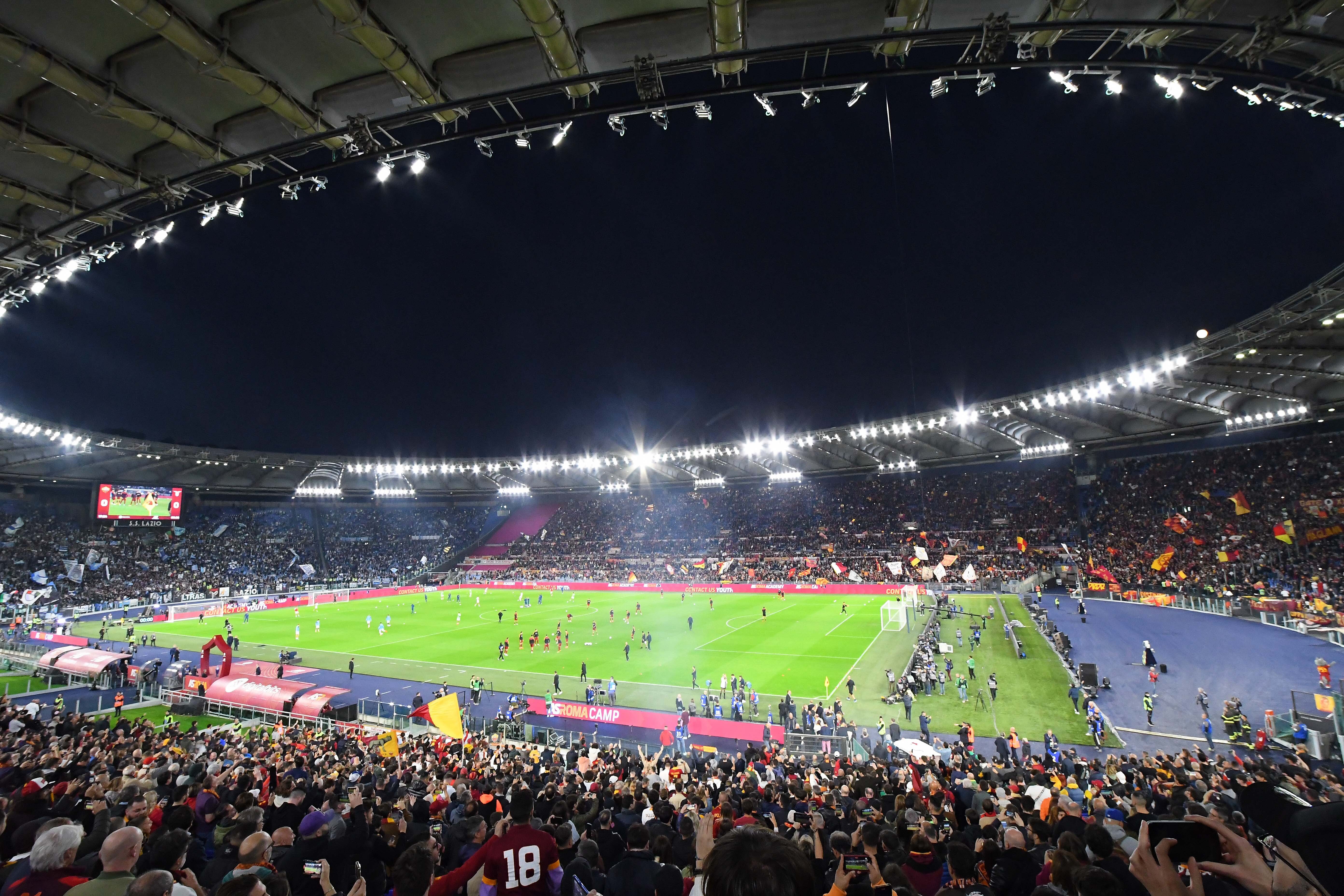
Rome's Stadio Olimpico was completed in 1953 and has been used by the city's top two teams ever since.
Both Roma and Lazio call it home, while the stadium is also used for international football and rugby fixtures, as well as athletics events and concerts. It hosted the 1960 Olympic Games and six games at the World Cup in 1990, including the final.
1. San Siro – AC Milan & Inter
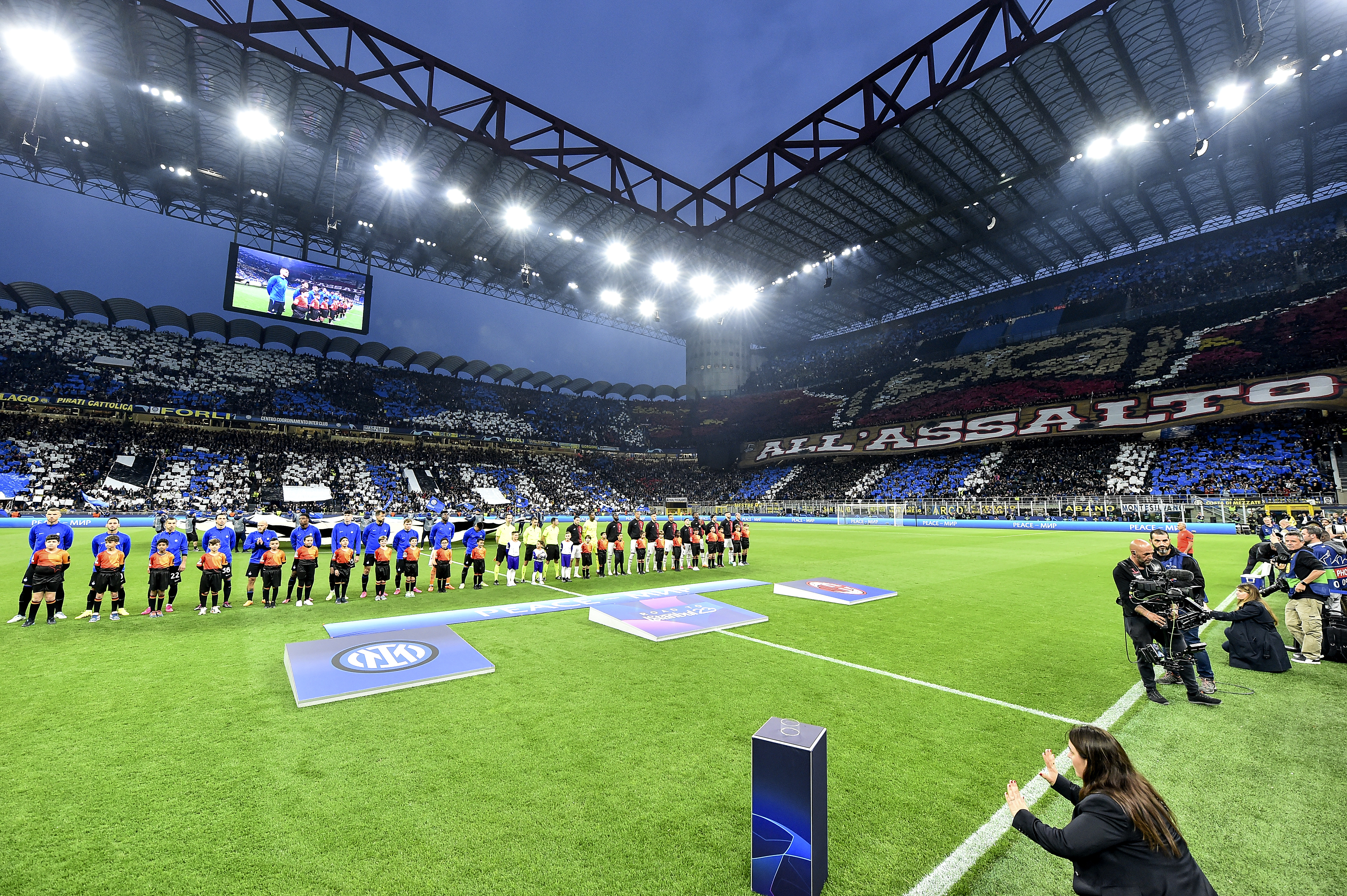
It is one of football's most iconic stadiums. AC Milan call it San Siro. For Inter, it's the Giuseppe Meazza. Either way, it is the same place – and has been shared by the two Milanese rivals since 1947.
That might change soon, with AC Milan having announced plans to build a new stadium and Inter also exploring options for a new ground. When these two teams do finally move out, it will be a sad day for one of football's greatest arenas.

Ben Hayward is a European football writer and Tottenham Hotspur fan with over 15 years’ experience, he has covered games all over the world - including three World Cups, several Champions League finals, Euros, Copa America - and has spent much of that time in Spain. Ben speaks English and Spanish, currently dividing his time between Barcelona and London, covering all the big talking points of the weekend on FFT: he’s also written several list features and interviewed Guglielmo Vicario for the magazine.
